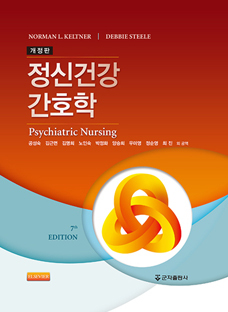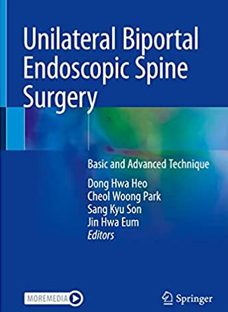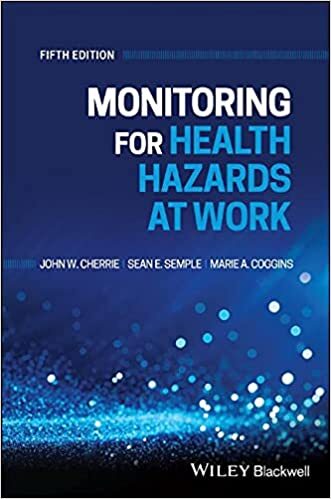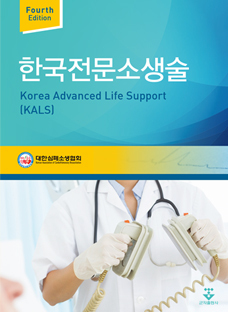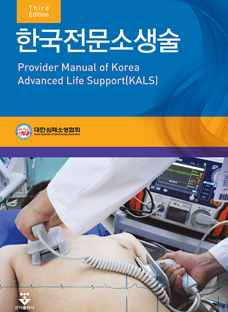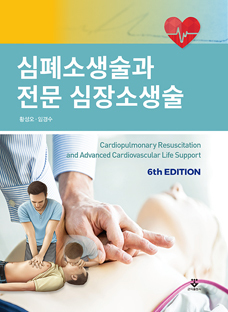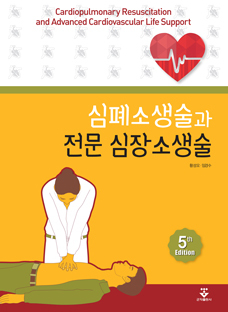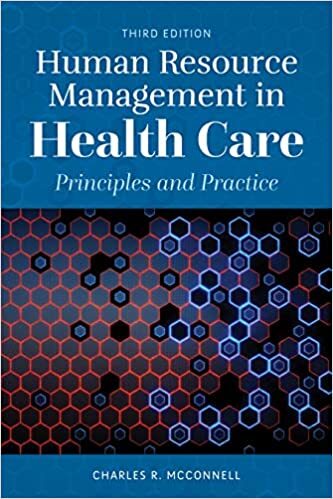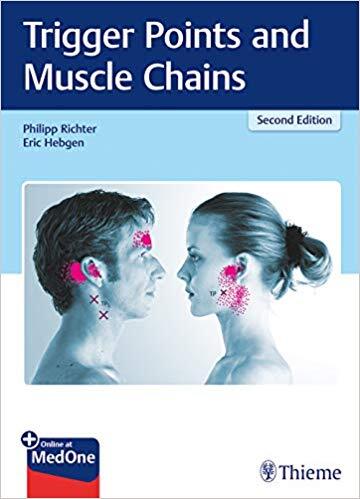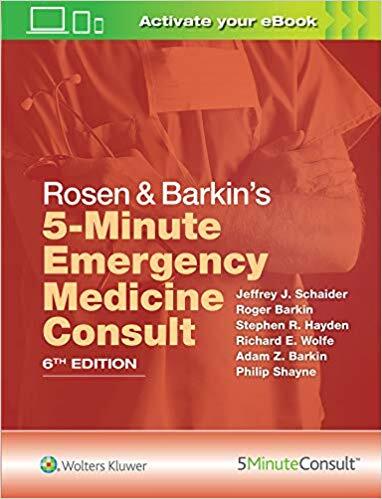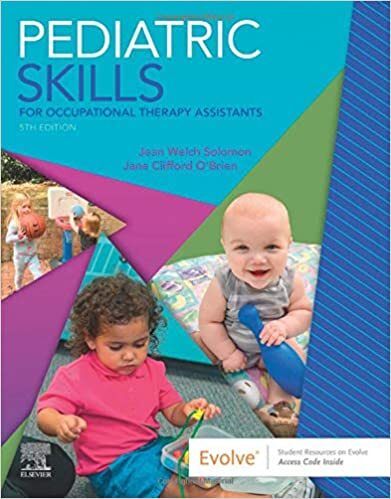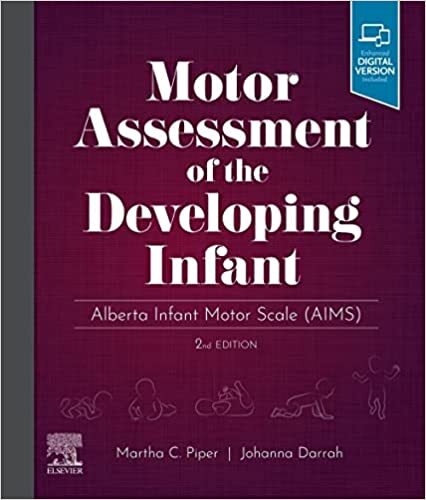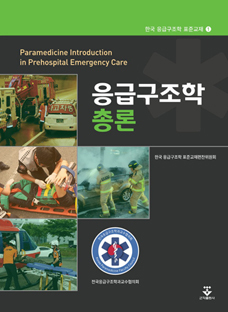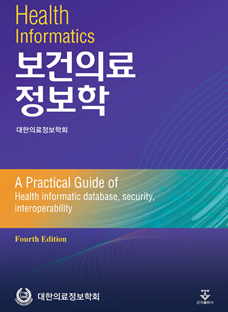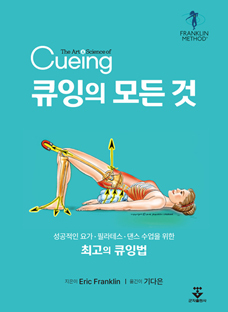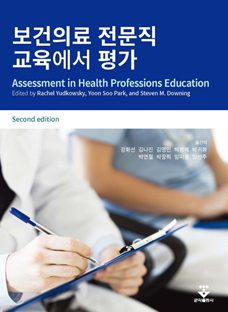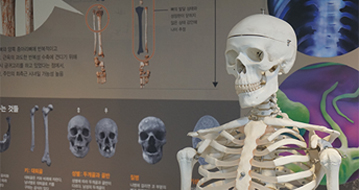List of Figures xviii
Preface xxv
Acknowledgements xxvii
Units and Abbreviations xxviii
Part 1 Introduction 1
Chapter 1 Occupational Hygiene and Risk Assessment 3
1.1 Introduction 3
1.2 Hazard and Risk 8
1.3 Risk Assessment 9
1.4 The Stages of a Risk Assessment 10
1.4.1 Identify the Hazard 10
1.4.2 Decide Who Might Be Affected and How 11
1.4.3 Evaluate the Risks 11
1.4.4 Take Preventative and Protective Measures 13
1.4.5 Record the Significant Findings 14
1.4.6 Review the Assessment Regularly and Revise It If Necessary 14
1.5 Who Should Carry Out Risk Assessment? 15
References and Further Reading 15
Chapter 2 Identifying Hazards 17
2.1 Introduction 17
2.2 Identifying Hazards 18
2.3 Example of Hazard Identification 20
2.4 Conclusions Arising from a Hazard Assessment 21
References and Further Reading 21
Chapter 3 Exposure, Exposure Routes and Exposure Pathways 23
3.1 Introduction 23
3.2 Exposure Routes 23
3.3 Exposure Pathways 26
3.4 Measuring Exposure 27
3.5 Biological Monitoring 28
3.6 Exposure Assessment: What the Legislation Requires 29
3.7 Conclusions 30
References and Further Reading 31
Chapter 4 The Exposure Context 32
4.1 Context for Measurement 32
4.2 Sources of Hazardous Substances 33
4.3 Dispersion Through the Workroom 34
4.4 Receptor 36
4.5 Jobs and Tasks 37
4.6 Conclusion 38
References and Further Reading 38
Chapter 5 Modelling Exposure 39
5.1 Introduction 39
5.2 Worst‐Case Models 40
5.3 Control Banding and COSHH Essentials 42
5.3.1 Worked Example 44
5.4 Screening Tools Used for Regulation of Chemicals in Europe 46
5.4.1 ECETOC TRA 46
5.4.2 Stoffenmanager.nl 47
5.4.3 Worked Example 48
5.4.4 Overall Reliability of These Tools 49
5.5 The Advanced REACH Tool 49
5.5.1 Bayesian Statistics 49
5.5.2 The ART 50
5.5.3 Worked Example 51
5.6 Conclusions and Prospects 52
References and Further Reading 52
Chapter 6 Why Measure? 54
6.1 Introduction 54
6.2 Reasons for Undertaking Monitoring 54
6.2.1 To Support a Risk Assessment 54
6.2.2 To Assess Compliance with an OEL 55
6.2.3 To Make a Comparison with Existing Data 55
6.2.4 To Provide Baseline Information on the Exposure Distributions Within a Plant 56
6.2.5 Supporting Information for Registration Submissions Under the REACH Regulations 56
6.2.6 Containment Capability Studies 57
6.2.7 To Underpin a Research Study 58
References and Further Reading 58
Chapter 7 How to Carry Out a Survey 59
7.1 Introduction 59
7.2 Planning the Survey 59
7.3 Workplace Monitoring 61
7.4 Monitoring Strategies 63
7.5 Quality Assurance and Quality Control 66
References and Further Reading 68
Chapter 8 Analysis of Measurement Results 69
8.1 Introduction 69
8.2 Dealing with Variability in Measurement Results 69
8.3 Summary Statistics and Data Presentation 71
8.4 Testing Compliance 74
8.4.1 Worked Example 76
8.5 Other Software Tools to Aid Data Analysis 78
References and Further Reading 78
Chapter 9 Introduction to Control 80
9.1 Introduction 80
9.2 Specific Control Measures 81
9.2.1 Elimination 82
9.2.2 Substitution 82
9.2.3 Total Enclosure 83
9.2.4 Technological Solutions 84
9.2.5 Segregation 84
9.2.6 Partial Enclosure 85
9.2.7 Local Ventilation 85
9.2.8 General Ventilation 86
9.2.9 Personal Protective Equipment 87
9.3 The Effectiveness of Control Measures 87
References and Further Reading 88
Chapter 10 The Importance of Good Records and How to Write a Survey Report 89
10.1 Record, Educate and Influence 89
10.2 Measurement Records 90
10.3 Survey Reports 92
10.3.1 General Principles of Writing a Good Report 92
10.3.2 Report Structure 93
10.3.3 Common Pitfalls and Administrative Points 96
References and Further Reading 96
Chapter 11 Risk Assessment 98
11.1 Introduction 98
11.2 Identify All Hazardous Substances or Agents 100
11.3 Identify the Likely Levels of Exposure 100
11.4 Identify All Persons Likely to be Exposed 102
11.5 Assess Whether the Exposures are Likely to Cause Harm 102
11.6 Consider Elimination or Substitution 103
11.7 Define Additional Control Measures Necessary to Reduce the Harm to Acceptable Levels 104
References and Further Reading 105
Chapter 12 Risk Communication 107
12.1 Introduction 107
12.2 Risk Perception 108
12.3 Trust 110
12.4 Principles of Good Risk Communication 110
12.4.1 Know Your Constraints Before You Start 111
12.4.2 Define the Role of the Communicator 111
12.4.3 Research Your Audience 111
12.4.4 Timing 112
12.5 The Presentation 112
12.6 Communicating Risk 114
12.7 Quantitative Risk Assessment to Aid Risk Communication 115
References and Further Reading 117
Part 2 Hazardous Substances 119
Chapter 13 An Introduction to Hazardous Substances 121
13.1 Introduction 121
13.2 The Complexities of Modern Workplaces 122
13.3 The Top Five Hazardous Carcinogens 123
13.4 Substances of Concern for the Respiratory System 123
13.5 Pesticides, Pharmaceuticals and Other Biologically Active Substances 124
13.6 Organic Chemicals 125
13.7 Summary 126
References and Further Reading 126
Chapter 14 Dust, Particles and Fibrous Aerosols 128
14.1 Introduction 128
14.2 Airborne Particulate Matter 128
14.3 Fibres 131
14.4 Measurement of Airborne Particulate and Fibre Concentrations 133
14.4.1 Filters 134
14.4.2 Filter Holders and Sampling Heads 135
14.5 Measurement of Flow Rate 139
14.6 Pumps 141
14.7 Direct‐Reading Aerosol Monitors 142
14.8 Flow Rate Measurement Using a Rotameter or Electronic Flow Calibrator by Using the Soap Bubble Method 144
14.9 The Measurement of Inhalable Airborne Dust 146
14.9.1 Equipment Required 146
14.9.2 Method 147
14.9.3 Calculations 149
14.9.4 Possible Problems 149
14.10 The Measurement of Airborne Respirable Dust by Using a Cyclone Sampler 150
14.10.1 Equipment Required 150
14.10.2 Method 150
14.10.3 Calculations 151
14.10.4 Possible Problems 151
14.11 Measurement of Nanoparticles 151
14.12 The Sampling and Counting of Airborne Asbestos Fibres 152
14.12.1 Equipment Required for Sampling 154
14.12.2 Method for Sampling 154
14.12.3 Fibre Counting and Generating Concentration Data 154
14.12.4 Method of Evaluation 155
14.12.5 Calculations 156
14.12.6 Possible Problems 157
14.13 The Choice of Filter and Filter Holder to Suit a Specific Dust, Fume or Mist 157
14.14 To Trace the Behaviour of a Dust Cloud by Using a Tyndall Beam 159
14.14.1 Equipment Required 159
14.14.2 Method 160
Note 160
References and Further Reading 160
Chapter 15 Gases and Vapours 163
15.1 Introduction 163
15.2 Collection Devices 167
15.2.1 Adsorption Methods 167
15.2.2 Adsorbent Tubes 169
15.2.3 Passive Samplers 171
15.2.4 Colorimetric Detector Tubes 172
15.3 Containers 174
15.4 Direct‐Reading Instruments 174
15.5 To Measure Personal Exposure to Solvent Vapours Using an Adsorbent Tube 176
15.5.1 Equipment Required 176
15.5.2 Method 177
15.5.3 Calculations 177
15.5.4 Example 178
References and Further Reading 179
Chapter 16 Bioaerosols 181
16.1 Introduction 181
16.2 Classification of Microorganisms 182
16.3 Viruses 183
16.4 Bacteria 184
16.5 Moulds and Yeasts 186
16.6 Allergens 187
16.7 Principles of Containment 187
16.8 Monitoring Bioaerosols 188
16.9 Measurement of Endotoxins and Allergens 192
16.10 Interpretation of Sample Results 193
References and Further Reading 194
Chapter 17 Dermal and Inadvertent Ingestion Exposure 196
17.1 Introduction 196
17.2 Occupations Where Dermal Exposure is Important 197
17.3 Local and Systemic Effects 198
17.4 How Do We Know If Dermal Exposure is an Issue? 199
17.5 What Do We Measure? 200
17.6 Methods for Dermal Exposure Measurement 202
17.7 Sampling Strategy 205
17.8 Liquids and Solids 207
17.9 Biomonitoring and Modelling of Dermal Exposure 208
17.10 From Exposure to Uptake 209
17.11 Controlling Dermal Exposure 210
17.12 Inadvertent Ingestion Exposure 211
References and Further Reading 214
Chapter 18 Human Biomonitoring 217
18.1 Introduction 217
18.2 Selection of a Suitable HBM Method 218
18.3 Examples of HBM 220
18.4 Study Protocols 221
18.5 Interpretation of HBM Data 222
References and Further Reading 224
Part 3 Physical Agents 225
Chapter 19 An Introduction to Physical Agents 227
19.1 Introduction 227
19.2 Physical Agents in the Workplace 228
19.3 Noise and Vibration 229
19.4 Thermal Environment 230
19.5 Ionising and Non‐ionising Radiation 231
References and Further Reading 232
Chapter 20 Noise 233
20.1 Introduction 233
20.2 Frequency 234
20.3 Duration 236
20.4 Occupational Exposure Limits 237
20.5 Pressure and Magnitude of Pressure Variation 238
20.6 Equipment Available 239
20.7 Sound Level Metres and Personal Noise Dosimeters 239
20.8 Personal Noise Dosimeters 243
20.9 Calibration 245
20.10 Collecting Noise Measurements 247
20.10.1 Using an SLM 247
20.10.2 Results 248
20.11 To Measure Workplace Noise Using a PND 249
20.11.1 Using a PND 249
20.11.2 Results 250
20.11.3 Possible Complications 250
20.12 To Measure the Spectrum of a Continuous Noise by Octave Band Analysis 251
20.12.1 Collecting a Spectrum of a Continuous Noise by Octave Band Analysis 252
20.12.2 Results 252
20.13 To Determine the Degree of Noise Exposure and the Actions to Take 254
Note 255
References and Further Reading 255
Chapter 21 Vibration 257
21.1 Introduction 257
21.2 Vibration 259
21.3 Occupational Exposure Limits 261
21.4 Risk Assessment 262
21.5 Measurements and Measurement Equipment 262
21.6 Hand–Arm Vibration Measurement Calculations 264
21.6.1 Reporting of Vibration
Exposure Data 265
21.7 Control of Vibration 266
References and Further Reading 267
Chapter 22 Heat and Cold 269
22.1 Introduction 269
22.2 Heat Stress 272
22.3 Measurement Equipment 275
22.3.1 Dry Bulb Thermometers 275
22.3.2 Wet-bulb Thermometers 275
22.3.3 Air Speed 276
22.3.4 Globe Thermometer 276
22.3.5 Integrating WBGT Instruments 276
22.4 Personal Physiological Monitoring 277
22.5 Measurement of the Thermal Environment 279
22.6 Predicted Heat Strain Index 281
22.7 Risk Assessment Strategy 282
22.8 Control of Hot Environments 283
22.9 Thermal Comfort 285
22.10 Cold Environments 286
22.11 To Calculate the Wind Chill Factor 288
22.11.1 Procedure 288
References and Further Reading 289
Chapter 23 Lighting 290
23.1 Introduction 290
23.2 Lighting Standards 293
23.3 Equipment Available 293
23.4 Calibration 293
23.5 To Measure Lighting 294
23.5.1 Aim 294
23.5.2 Equipment Required 294
23.5.3 Method 295
23.5.4 Possible Problems 296
23.5.5 Results and Comparison with Guidance 297
23.5.6 Reporting 297
23.6 Control 298
References and Further Reading 299
Chapter 24 Ionising Radiation 301
24.1 Introduction 301
24.2 Ionising Radiation 302
24.3 Background Radiation 303
24.4 Basic Concepts and Quantities 304
24.5 Types of Radiation 306
24.6 Energy 307
24.7 Activity 307
24.8 Radiation Dose Units 308
24.8.1 Absorbed Dose and Dose Equivalent 308
24.8.2 To Calculate Dose Equivalent 309
24.8.3 Dose Rate 309
24.9 Dose Limits 310
24.10 Derived Limits 311
24.11 Procedures to Minimise Occupational Dose 311
24.12 Personal Dosimetry and Medical Surveillance 313
24.12.1 Monitoring of Ionising Radiation in Work Areas 314
24.12.2 Personal Monitoring for External Dose 316
24.12.3 Film Badge Dosimeter 317
24.12.3.1 Advantages of the Film Badge Dosimeter 317
24.12.3.2 Disadvantages 318
24.12.4 Thermoluminescent Dosimeter 318
24.12.4.1 Advantages Thermoluminescent Dosimeter 318
24.12.4.2 Disadvantages 318
24.12.5 Direct‐Reading Monitors 319
24.12.5.1 Disadvantages of Direct‐reading Monitors 319
24.12.6 Air Monitoring 319
References and Further Reading 320
Chapter 25 Non‐Ionising Radiation 321
25.1 Introduction 321
25.2 Ultraviolet Radiation 323
25.3 Visible and Infrared Radiation 325
25.4 Blue Light 326
25.5 Microwaves, Radiowaves and Low‐frequency Electric and Magnetic Fields 327
25.6 Lasers 329
References and Further Reading 330
Part 4 Control of Hazards 333
Chapter 26 Assessing the Effectiveness of Exposure Controls 335
26.1 Introduction 335
26.2 The Effectiveness of Control Measures 336
26.2.1 Elimination and Substitution 336
26.2.1.1 Case Study: Replacement of Trichloroethylene for Cleaning Textiles 336
26.2.2 Ventilation and Control Measures at Source 337
26.2.2.1 Case Study: Enclosure of Beryllium Processing 338
26.2.3 Personal Protective Equipment 339
26.2.4 Using Effectiveness Data 340
26.2.4.1 Case Study: Loading Pharmaceuticals into a Process Vessel 341
26.3 Measuring Exposure to Assess the Effectiveness of Controls 342
26.3.1 Case Study: Use of Push‐Pull Ventilation in Hand Soldering 342
References and Further Reading 344
Chapter 27 Assessing Local Ventilation Control Systems 345
27.1 Introduction 345
27.2 Air Pressure 346
27.2.1 Static Pressure (ps) 346
27.2.2 Velocity Pressure (pv) 347
27.2.3 Total Pressure (pt) 347
27.3 Measurement Equipment 347
27.3.1 Pressure‐Measuring Instruments 347
27.3.2 Air Velocity Measuring Instruments 349
27.3.2.1 Vane Anemometers 350
27.3.2.2 Heated Sensor Anemometers 351
27.3.2.3 Velocity Pressure Devices 352
27.3.2.4 Smoke Tube Kit 354
27.3.2.5 Calibration 355
27.3.2.6 Tyndall Beam 355
27.3.3 Barometric Pressure Instruments 355
27.4 Ventilation Measurement Records 355
27.5 Measurement of Air Flow in Ducts 359
27.5.1 Aim 359
27.5.2 Equipment Required 359
27.5.3 Method 360
27.5.4 Calculation 363
27.5.5 Example 364
27.5.6 Possible Problems 365
27.6 Measurement of Pressure in Ventilation Systems 366
27.6.1 Aim 366
27.6.2 Equipment Required 366
27.6.3 Method 366
27.6.4 Results 367
27.6.5 Possible Problems 368
27.7 To Measure the Face Velocity on a Booth, Hood or Fume Cupboard 368
27.7.1 Aim 368
27.7.2 Equipment Required 369
27.7.3 Method 369
27.7.4 Results 370
27.7.5 Possible Problems 370
References and Further Reading 370
Chapter 28 Personal Protective Equipment 372
28.1 Introduction 372
28.2 Components of An Effective PPE Programme 372
28.2.1 Assessment of Risks and Identification of Where Control is Required 373
28.2.2 Implement All Feasible Controls 373
28.2.3 Identify Who Needs Residual Protection 374
28.2.4 Inform Wearers of the Consequences of Exposure 374
28.2.5 Select PPE Adequate to Control Residual Exposure 374
28.2.5.1 Case Study 376
28.2.6 Involve Wearers in the PPE Selection Process 377
28.2.7 Match PPE to Each Individual Wearer 377
28.2.8 Carry Out Objective Fit‐Tests of RPE 378
28.2.9 Ensure That PPE Does not Exacerbate or Create Risks 378
28.2.10 Ensure PPE are Mutually Compatible 381
28.2.11 Train Wearers in the Correct Use of Their PPE 381
28.2.12 Supervise Wearers to Ensure Correct Use of PPE 382
28.2.13 Maintain PPE in Efficient and Hygienic Condition 383
28.2.14 Inspect PPE to Ensure it is Correctly Maintained 383
28.2.15 Provide Suitable Storage Facilities for PPE 383
28.2.16 Record Maintenance and Inspection Data 384
28.2.17 Monitor Programme to Ensure its Continuing Effectiveness 384
References and Further Reading 384
Part 5 The Future 387
Chapter 29 Monitoring for Hazards at Work in the Future 389
29.1 What the Future Holds for Monitoring Hazards at Work 389
References and Further Reading 393
Appendix: Survey checklists 395
Equipment Suppliers 403
Chemical Analytical Services 405
Index 407

